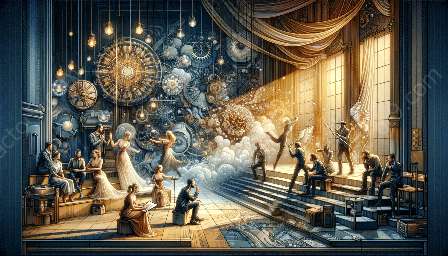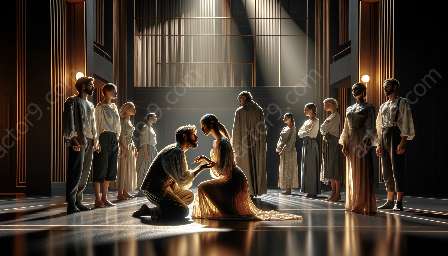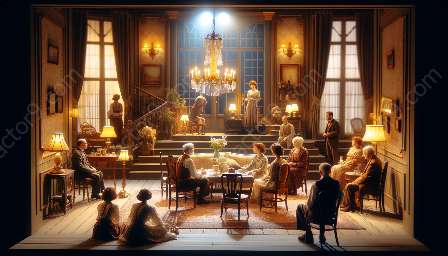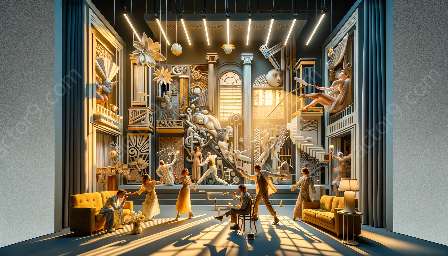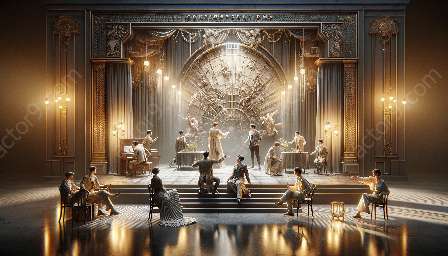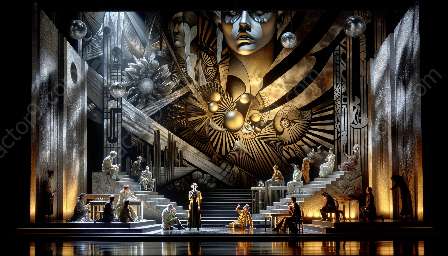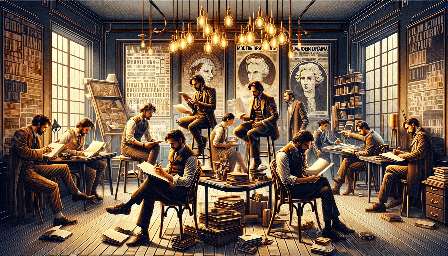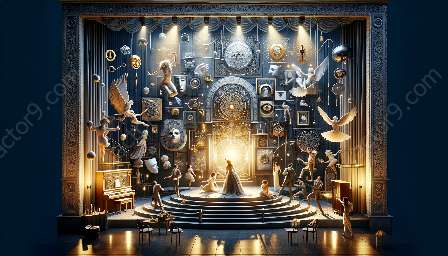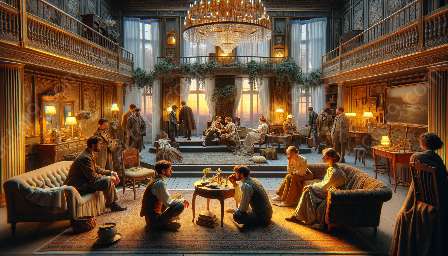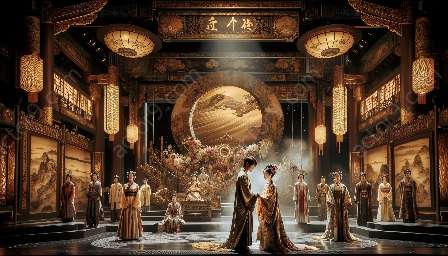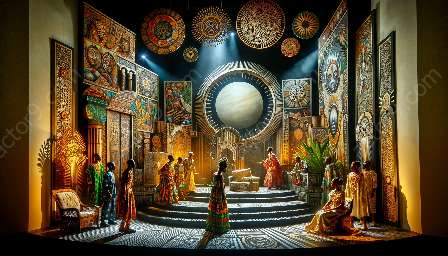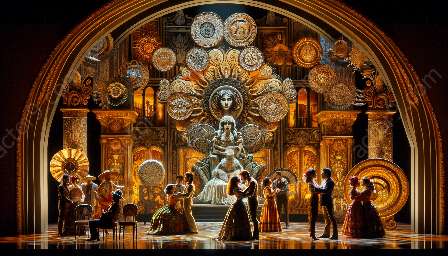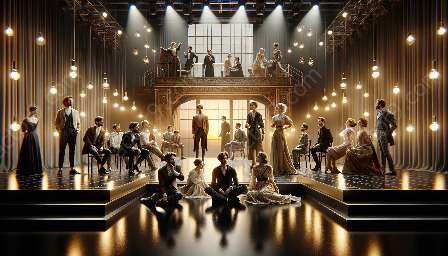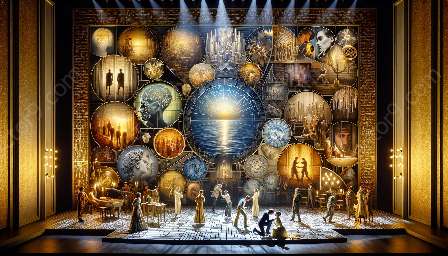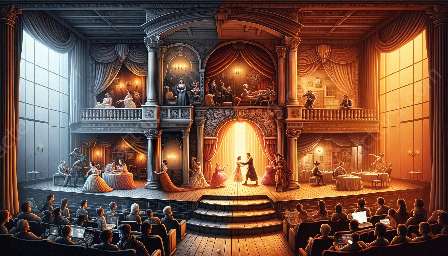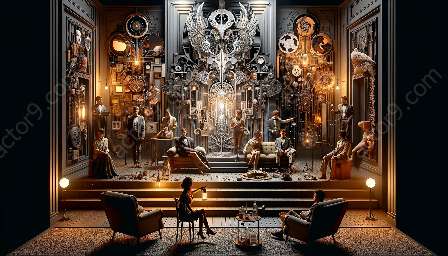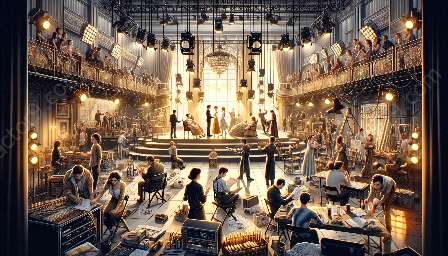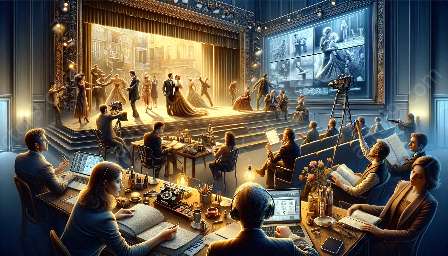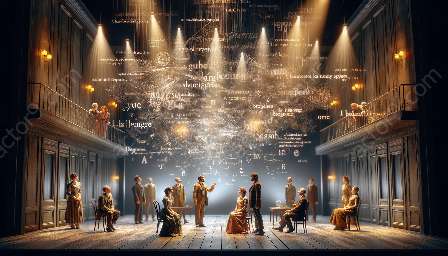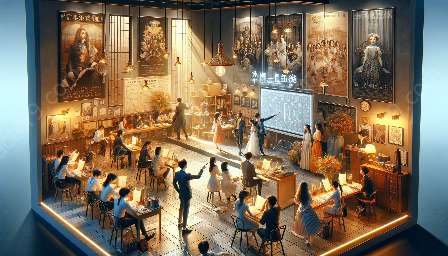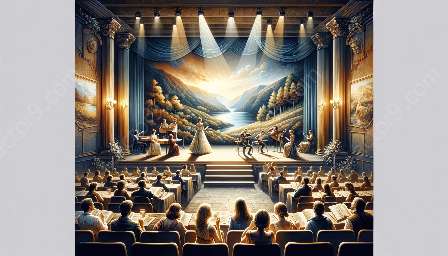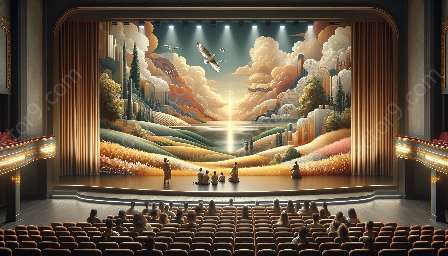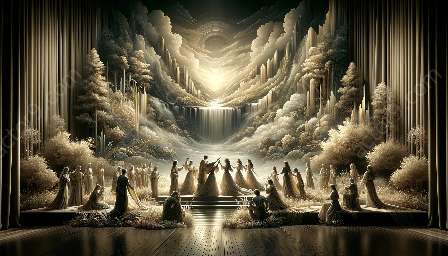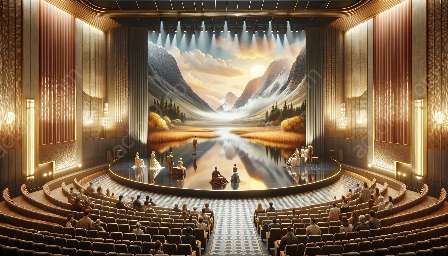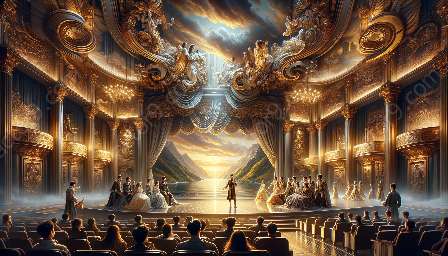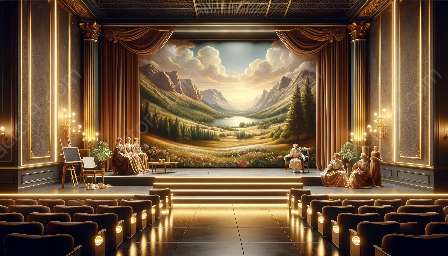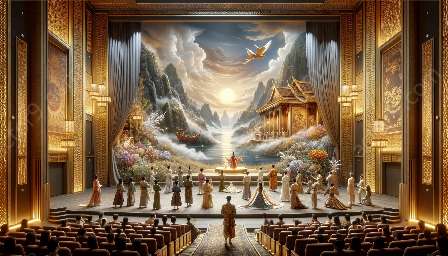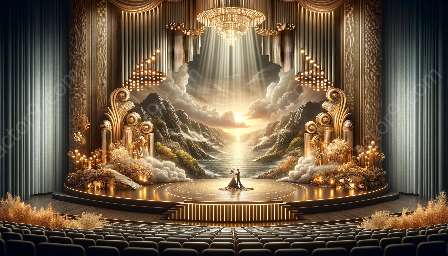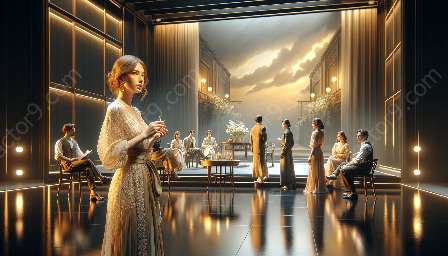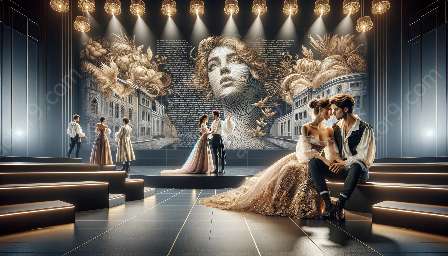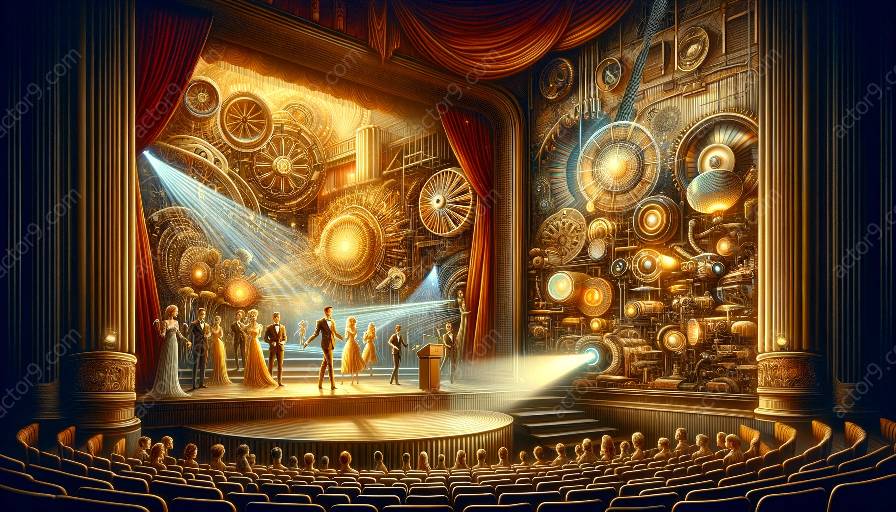Technology has significantly influenced the modern approach to theater production and set design, shaping the way we experience and engage with contemporary drama. In this article, we will explore the impact of science and technology on modern drama, particularly in the context of theater production and set design.
1. History of Theater Production and Set Design
Theater has a rich history of artistic and technical innovation, with production and set design continually evolving to meet the demands of modern storytelling. Traditional theater relied on hand-crafted sets, practical effects, and minimal technical enhancements to create immersive experiences for audiences. However, the advent of technology has revolutionized the way theater productions are conceptualized, designed, and executed.
2. Influence of Science and Technology in Modern Drama
Science and technology have played a pivotal role in reshaping modern drama, offering new tools and possibilities for theatrical expression. From the integration of digital effects and multimedia elements to the use of advanced stage automation and lighting systems, theatrical productions now harness a wide array of technological innovations to enhance storytelling and visual spectacle.
2.1 Integration of Digital Effects and Multimedia Elements
Advancements in digital technology have enabled theater productions to incorporate complex visual effects and multimedia elements seamlessly into performances. Projection mapping, interactive displays, and virtual reality experiences have expanded the creative potential of set design, allowing for immersive and dynamic stage environments that transcend traditional physical limitations.
2.2 Advanced Stage Automation and Lighting Systems
The application of automation and innovative lighting systems has empowered theater designers to manipulate space, time, and atmosphere with unprecedented precision. From intricately choreographed moving set pieces to dynamic lighting sequences that respond to the actors' movements, technology has redefined the possibilities of theatrical spectacle, enriching the audience's sensory experience.
3. Evolving Role of Set Design in Modern Drama
Set design has evolved from static backdrops to dynamic, interactive environments that serve as integral components of the narrative. The fusion of technological elements with traditional scenic design has given rise to immersive, multi-sensory theatrical experiences, blurring the boundaries between physical and digital worlds.
3.1 Interactive and Adaptive Set Environments
Modern theater productions often feature sets that can transform and adapt in real time, responding to the evolving plot and character interactions. Interactive technologies, such as motion sensors and augmented reality interfaces, enable sets to become active participants in the storytelling process, creating a heightened sense of engagement and interactivity for audiences.
3.2 Sustainable and Eco-Friendly Set Design Practices
Advances in sustainable technology have also influenced set design practices, emphasizing the use of environmentally conscious materials and energy-efficient solutions. From LED-based lighting designs to modular and recyclable set components, theaters are embracing sustainable approaches to production, aligning with broader societal concerns regarding environmental impact and resource conservation.
4. Collaborative Fusion of Art and Technology
Technology has facilitated the collaborative fusion of artistic vision and technical expertise in modern theater production. The integration of interdisciplinary skills, including computer graphics, interactive media, and engineering, has expanded the creative palette of theater practitioners, giving rise to innovative and boundary-pushing productions that capture the spirit of contemporary storytelling.
4.1 Digital Tools for Conceptualization and Visualization
The use of digital tools, such as 3D modeling software and virtual prototyping platforms, has revolutionized the way designers conceptualize and visualize set designs. By harnessing the power of virtual simulations and immersive design environments, theater professionals can iterate on ideas, test spatial dynamics, and refine their creative concepts with greater precision and efficiency.
4.2 Technological Experimentation and Theatrical Innovation
Technology has empowered theater practitioners to experiment with unconventional storytelling techniques and unconventional use of technological resources. From interactive live performances that integrate audience participation to experimental multimedia collaborations that blur the line between theater and other art forms, modern drama continues to push the boundaries of theatrical expression through technological innovation.
5. Future Trends and Challenges in Technological Theater Production
As technology continues to evolve, the landscape of theater production and set design will undoubtedly face new opportunities and challenges. The integration of artificial intelligence, immersive virtual environments, and interactive technologies will likely shape the future of modern drama, presenting exciting possibilities for creative exploration and audience engagement.
5.1 Ethical Considerations and Impact of Digital Realities
The ethical implications of integrating advanced technologies into theatrical performances also warrant careful consideration. Questions regarding audience privacy, data security, and the balance between digital immersion and live theatrical authenticity are essential topics that theater practitioners and technologists must navigate as they explore the frontiers of technological theater production.
5.2 Accessibility and Inclusivity in Technological Theater Experiences
As technology becomes more deeply embedded in theatrical productions, ensuring accessibility and inclusivity for diverse audience demographics is a critical concern. Balancing technological enhancements with considerations for audience members with varying abilities and comfort levels with digital interfaces is an ongoing challenge that requires thoughtful design and implementation strategies.
6. Conclusion
Technology has undeniably reshaped the landscape of modern theater production and set design, offering a rich tapestry of creative possibilities for theatrical storytelling. From the seamless integration of digital effects and multimedia elements to the collaborative fusion of art and technology, the influence of science and technology in modern drama has propelled theater into an era of unprecedented innovation and sensory engagement.
As the boundaries between physical and digital realities continue to blur, the evolution of theater production and set design will undoubtedly be shaped by ongoing technological advancements, reflecting the ever-changing artistic and cultural landscape of contemporary drama.


